(536 products available)







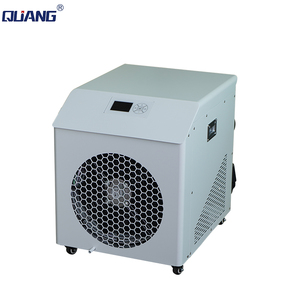

























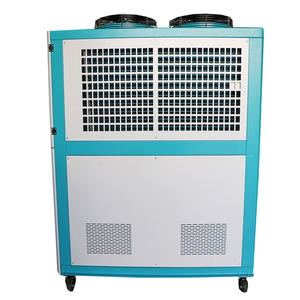


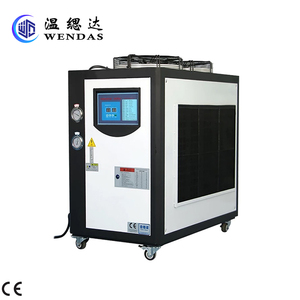




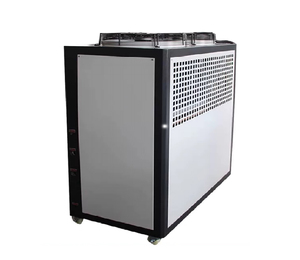

















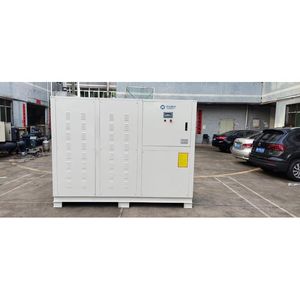






























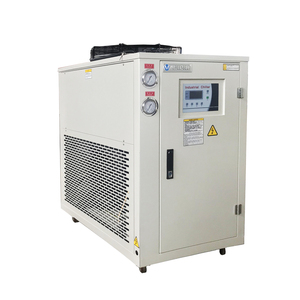


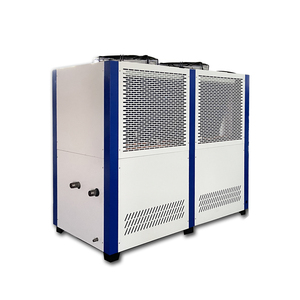






















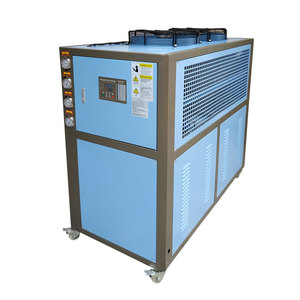





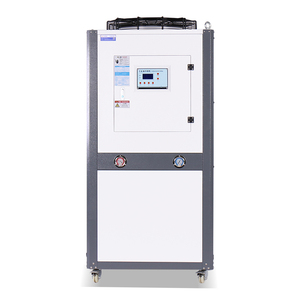



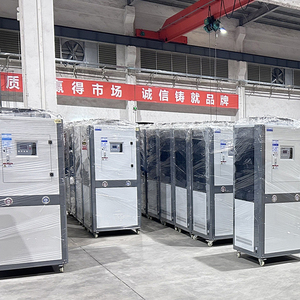
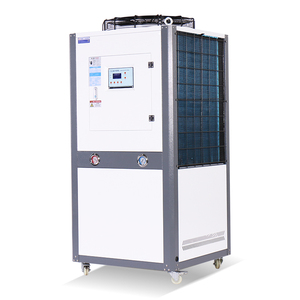









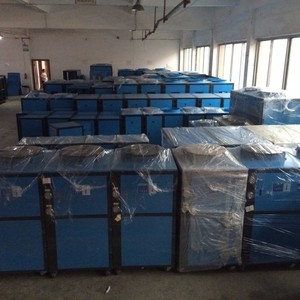























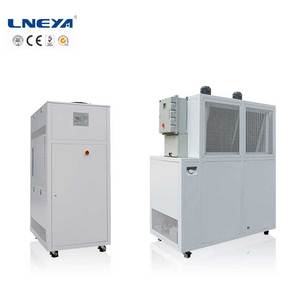




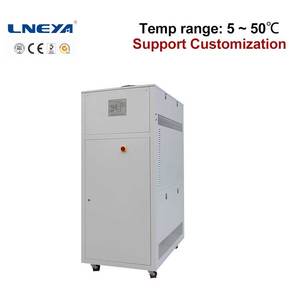
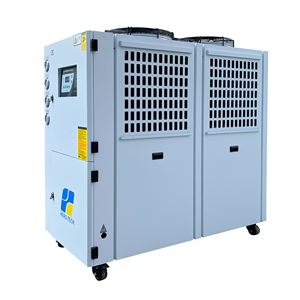
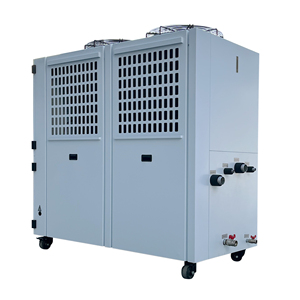


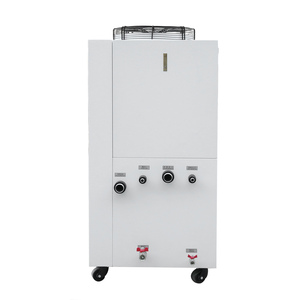



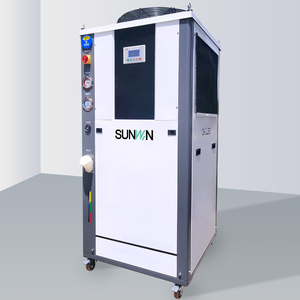
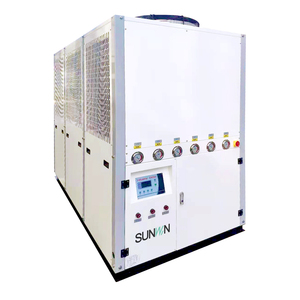
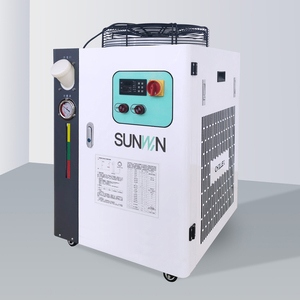

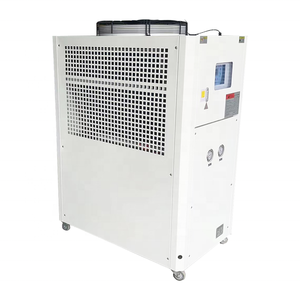
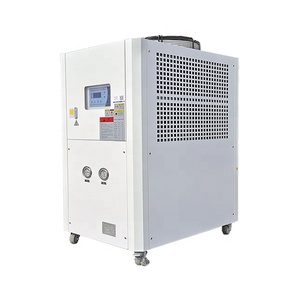


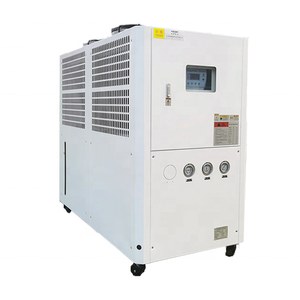
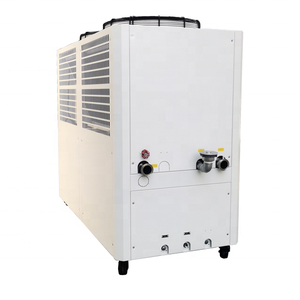
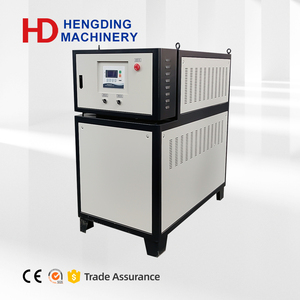




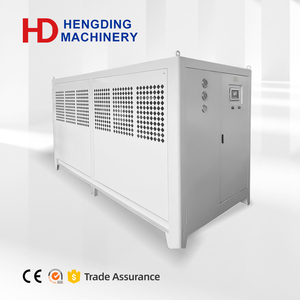











An 8hp water chiller is available in different types. This includes air-cooled chillers, water-cooled chillers, and evaporative-cooled chillers.
Air-cooled chillers:
An 8hp air-cooled chiller uses ambient air to remove heat from water or other fluids. It combines full horsepower condenser coils and finned tubes designed to transfer heat efficiently. The 8hp air-cooled chillers have different refrigerant options, including R410A, R134A, and R407C. It is suitable for applications where water is not available, provided the ambient temperature is within the chiller working range.
Water-cooled chillers:
8hp water-cooled chillers remove heat from the water or fluid by circulating water through the condenser. This chiller type requires a constant supply of water to operate. It is preferable for use in high-density applications.
Evaporative-cooled chillers:
The 8hp evaporative-cooled chiller combines air and water to remove heat from the water or other fluids. It works by spraying water over the condenser coil. As the water evaporates, it absorbs heat from the coil. This process cools the refrigerant inside the coil. The evaporative-cooled chiller needs maintenance. But, it is an efficient option for large industrial facilities requiring high-performance cooling at low operation.
Specifications are key determinant factors when deciding which type of water chiller to use. Different applications require specific types and models of chillers.
Maintaining the chiller is important in preventing unexpected and costly breakdowns. It also prevents health hazards that may be caused by refrigerants. Regular inspections, cleaning, and repairs should be done to ensure optimal performance, longer lifespan, and energy efficiency.
Food and beverage industry:
8 HP water chillers are essential in the food and beverage industry for preserving product freshness. In industries like deep-sea fishing, meat-packing, and fruit canning, products must be quickly chilled post-harvest or post-slaughter to prevent bacteria growth. Rapid chilling maintains product quality and extends shelf life. Refrigerated transport is vital in this context.
Production line:
Many manufacturing processes require precise temperature control. For instance, in plastics manufacturing, 8 HP water chillers cool molds quickly and uniformly, reducing cycle times and enhancing mold longevity. Similarly, in the electronics industry, 8 HP water chillers manage the temperature during the production of semiconductors, integrated circuits, and circuit boards, ensuring optimal yield rates and minimizing defects.
Laser cutting and engraving:
Laser beams need to be kept at a specific temperature for a better output. An 8hp water chiller can help keep the laser system cool. This will ensure that the laser machine engraves and cuts precisely and effectively without heating up and causing unnecessary lags, cutting, or engraving.
Medical and pharmaceutical industries:
8 HP water chillers play a critical role in the medical and pharmaceutical industries. In these sectors, devices and medicines must be refrigerated to ensure their effectiveness and reliability. For instance, medications like vaccines and certain antibodies need to be refrigerated to preserve their efficacy. Water chiller machines are used to ensure that these medications are refrigerated at the right temperature. Furthermore, the chillers can be used to control the temperature of diagnostic imaging instruments, which are vital for accurate disease diagnosis and patient care.
Buyers searching for industrial water chillers for sale have several factors to consider when choosing the right machine for their specific application or use. First, it is important to determine the optimal cooling capacity needed for the particular industrial application. This is typically measured in kilowatts (kW) or tons. To do this, one must calculate the heat load of the process or equipment to be cooled and consider factors like the size, insulation, and operating conditions of the facility or equipment.
Next, it is important to consider the type of water chillers. Different types of water chillers are suited for different applications. For example, air-cooled chillers are great for a site with limited space, while evaporative-cooled chillers are better for sites looking to save on energy costs.
It is also important to evaluate the efficiency of the chiller. Use the annual energy consumption of the chiller to gauge the machine's expected running costs at different cooling loads. Consider the specific energy ratio (SER) and the coefficient of performance (COP) of the chiller. These factors will greatly influence operating costs over time. Choose a chiller with high-efficiency components and optimized controls to minimize environmental impact.
When choosing an industrial water chiller, ensure the chiller is the right size for the business's facilities and equipment. A cooling capacity that is too high will result in higher operating costs, while a capacity that is too low will lead to inadequate cooling. Consider installation and maintenance costs as well as those of running the chiller. Ultimately, it is best to consult with a cooling solution expert who can adequately guide the decision-making process.
Q1: What amount of water should a chillers cool for a given period?
A1: The flow rate is the amount of water the chiller circulates per minute. It is typically measured in gallons per minute (GPM). To determine the GPM, first, calculate the volume of the water source or cooling tank in gallons. Then, estimate how often the water should be recirculated to achieve the desired cooling. Divide the water source or tanks volume by the time in minutes it must. For example, if a tank of 10,000 gallons must be cooled in 2 hours: 10,000/120 = 83.3 gallons per minute.
Q2: What is the difference between an air-cooled and water-cooled chiller?
A2: In an 8hp air-cooled chiller, heat extracted from the water is rejected into the air. For a water-cooled chiller, the heat is rejected into water. Water-cooled chillers are more efficient than air-cooled ones. However, they are often more expensive and require water pumping and filtration systems.
Q3: Do 8hp water chillers consume a lot of energy?
A3: Depending on its size and capacity, a chiller generally can use anywhere from 1 to 10 kw of electricity per-hp. A chilling system consumes less power than a water tank. To minimize the chillers power consumption, ensure it is not oversized for the application.
Q4: How long can a 8hp water chiller last?
A4: If maintained regularly and operated appropriately, a chiller can last for 15 to 20 years or even longer in some cases.
Q5: How does the 8hp water chiller pricing compare to others?
A5: 8hp water chillers are often more affordable and preferable for businesses with small cooling needs than large-capacity chillers of 30hp and above.